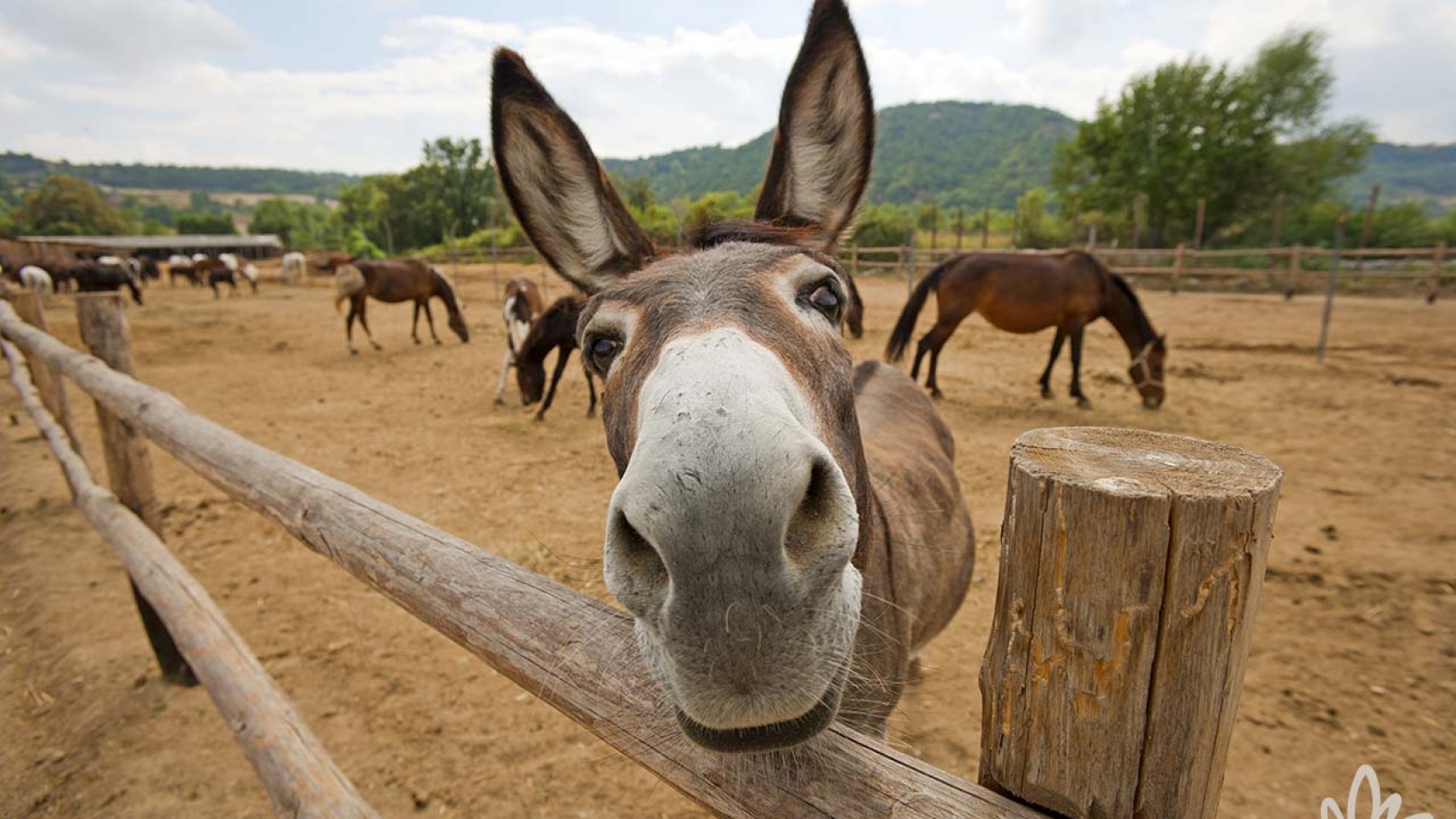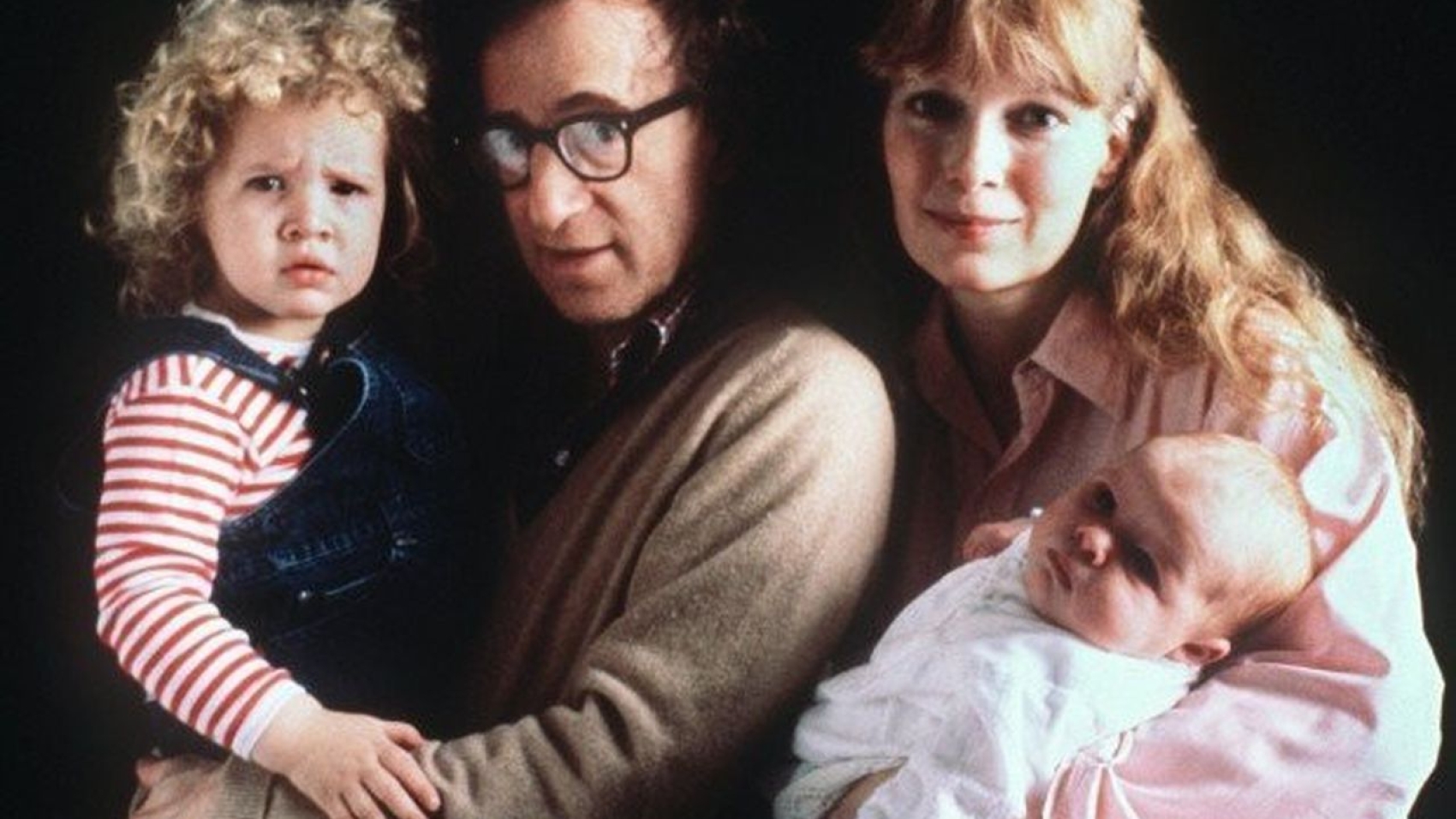What Secrets Within You Are Waiting To Be Discovered?
What would you do if you wanted to search your heart, mind, and soul for all the talents, gifts, and abilities hidden within? And how would you seek help in bringing those precious gifts forth into the world? If you were an ancient Greek, you’d be very familiar with the sisterhood of female deities known as the Nine Muses.
The role of these sister goddesses was to preside over knowledge of every art and science and to bestow inspiration on those seeking to find and pursue their creative connections. The image of the Muse, the power of the feminine guiding spirit, lives on in our culture today. When you need assistance in exploring and activating your power to imagine, to intuit, to dream, and to create, you can call upon the Muse.
If what you need is power for self-exploration and self-discovery, the feminine spirit can help with this effort to look within. You can ask for help in uncovering your gifts and abilities and in bringing them forth to serve the world.
How can you begin to explore the hidden gifts and abilities you have within? Here are some questions you can ask yourself:
1. What’s my story? –Think about the ways you describe yourself and your life first to yourself and then to others. Recognize the deep value of acknowledging the truth about your thoughts and feelings. Only the truth can set you free to look at your life with love and acceptance. Clearing barriers to self-love and acceptance eases the way for your hidden gifts to come forth. Use your daily journaling practice to build your comfort level with honest expression. Writing becomes a powerful discovery tool as you look for keys to your hidden gifts. Be sure to explore examples of people, things, and experiences you love.
2. What makes me happy? – What are you doing when you feel most free, most passionate, most engaged? Think about the things you do each day and how you feel in every moment. Are you sometimes sleep-walking through your life, not really present or focused? Do you often imagine yourself somewhere else, doing something else? Make a list of the activities or places or circumstances that really bring you to life, as opposed to putting you to sleep. What are the components of those awakening experiences? Maybe you are tutoring a child who needs help with homework or serving lunch at the senior center. Maybe you are attending a city council meeting to express concern for the growing homeless population. Maybe you are studying a subject that fascinates you, leading a prayer group, learning to grow a vegetable garden. Whatever engages your passionate attention is a clue to your gifts and your life purpose.
3. What attracts my true presence? Where you are in any moment tells you how near or far you are from accessing your soul center. Are you actually listening to your significant other talk about their day? Are you really tasting that fresh cup of coffee? Are you seeing and appreciating the bright burst of spring flowers in your neighbor’s yard? If you aren’t present, where are you? Your meditation practice is your finest tool for learning to focus your attention and become present in the present moment. Tuning in to the Divine through meditation strengthens your connection to the power source of all creation. You’ll need for that connection to be finely-tuned in order to discover your gifts, talents, and abilities and power them up to help heal the world.
4. Who needs what I have to give? This sounds like the quandary of someone looking for a job, doesn’t it? When you are looking for work, you might scan the want ads looking for a match with your skills, as you understand them. Think about those fellows being on the other side of the equation. What are the times when you have made a good match—your talents and another’s needs? Did you feel joy and purpose in bringing your talent to another’s aid? Whatever you did to help, and the satisfaction you felt, can be keys to a deeper understanding of what powerful gifts you possess that the world is needs right now.
5. How can I know my gifts are real? Is it possible that some ancient poet asked the Muse for inspiration and she replied, “No way!”? If so, the story never passed the test of time. What came down to us instead are examples of the traditional prayer or invocation of classic poets asking the sisterhood of Muses for their support and guidance. Like these poets, have faith in the power of your gifts and the power of a loving universe to help you bring them forth. Believe that your unique gifts are real and that they are needed here and now. Your firm connection to Source, nourished each day with spiritual practices—meditation, prayer, journaling, and loving service– is the foundation for all the faith you need in your amazing potential.
Just as your soul longs for the experience of self-expression, the world needs your unique contribution. As you call forth and use your unique gifts, you begin to live the life you were born for, joyfully engaged—mind, heart, body, and soul!
Recognizing your Muse is only one small facet of exploring the powerful energy of the Divine Feminine in your life.
For more ways to awaken your gifts and bring them forth into the world, join Deborah for a very special free webinar, How To Rebalance Your Inner And Outer World With Divine Feminine Energy >>





